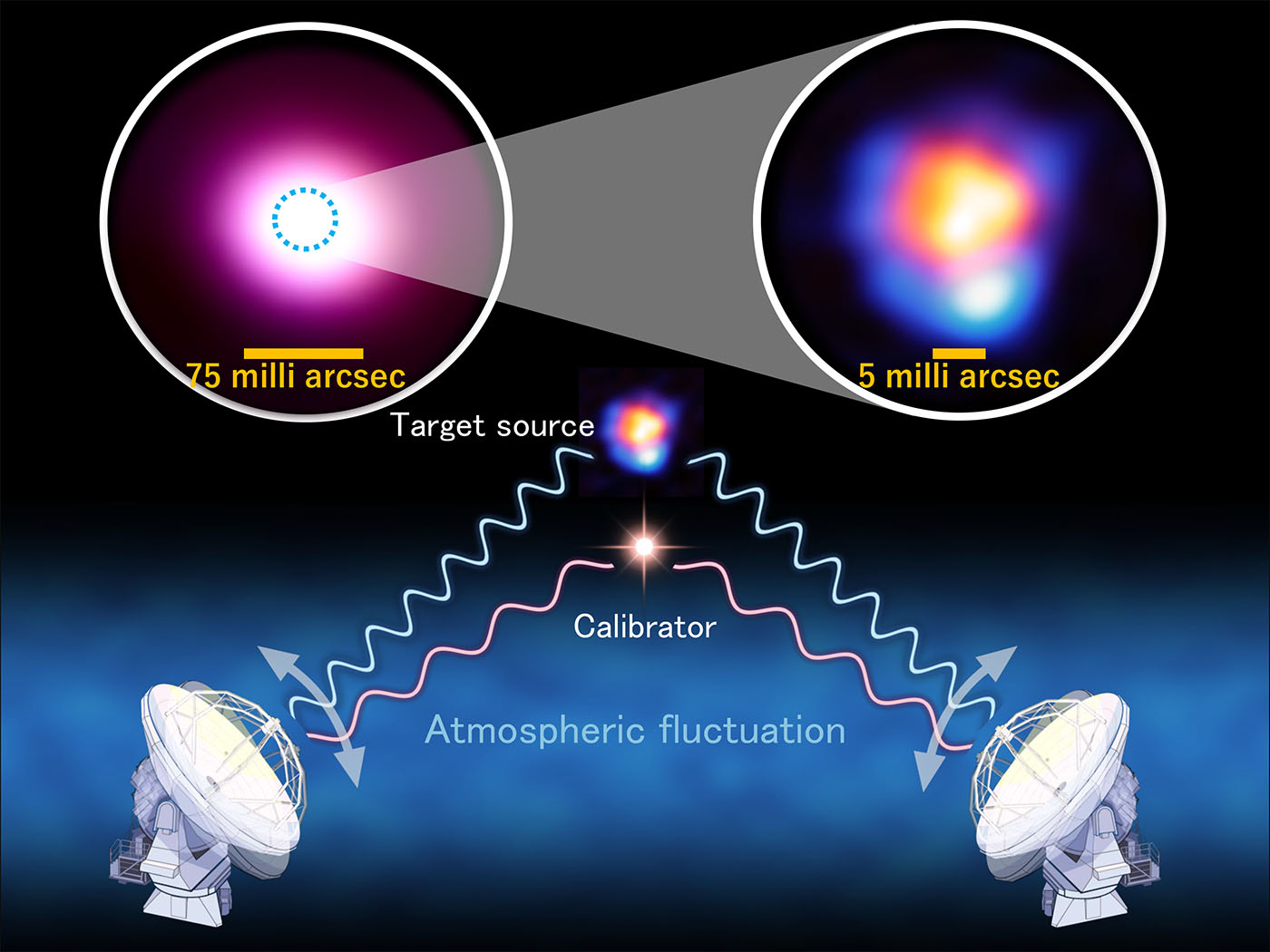The ALMA radio telescope network has never been used with such high precision as recently, when observing an ancient star. Tests showed that the star is surrounded by a ring-like structure, formed as a result of gas escaping from the star into space. Thanks to the high resolution just demonstrated, during future observations we will be able to study not only the end of the life of stars, but also the process of planet formation.
ALMA is a network of radio interferometer telescopes in which individual antennas work together to observe celestial objects. ALMA’s resolution, or ability to see small details, is determined by the distance between the antennas and the frequency of the observed radio waves. An international research group recently used ALMA antennas in the furthest possible configuration, at a distance of 16 kilometers from each other, with receivers at the highest frequency (Band 10 operating up to 950 GHz). In this way they achieved the best possible accuracy, but they also had to use a new calibration technique to correct for fluctuations in the Earth’s atmosphere above the antennas.
The so-called band-to-band (B2B) calibration technique originally used by researchers in the 1990s has been tested at the Nobeyama Radio Observatory of the National Astronomical Observatory of Japan (NAOJ) for future millimeter/submillimeter interferometers.
The research team chose R Leporis as the target for the demonstration shot: the star is located in the final stages of its evolution about 1,535 light-years from Earth. The researchers were able to achieve an amazing accuracy of 5 milli-arcseconds, which is approximately equivalent to seeing a human hair from a distance of 4 kilometers. The images show the surface of the star and the ring of gas surrounding it. The researchers also confirmed that gas is leaking from the star into space.
This high resolution is suitable for examining young stars with protoplanetary disks around which planets may form. Through future high-resolution observations, we can learn more about the formation of planets, especially Earth-like planets.
Report results Technical material It was published in the Astrophysical Journal.
source: Noah
comment












































